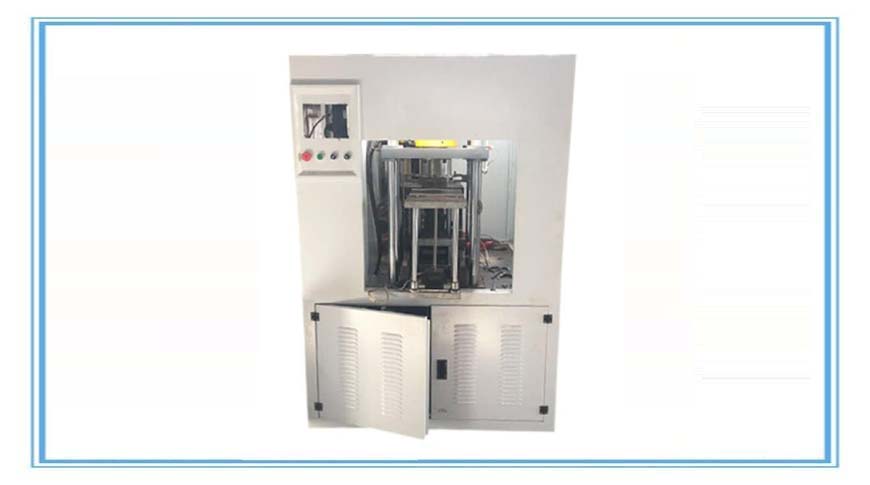Extrusion is a manufacturing process used to make pipes, hoses, drinking straws, curtain tracks, rods, and fibre. The granules melt into a liquid which is forced through a die, forming a long ‘tube like’ shape. The shape of the die determines the shape of the tube. The extrusion is then cooled and forms a solid shape. The tube may be printed upon, and cut at equal intervals. The pieces may be rolled for storage or packed together. Shapes that can result from extrusion include T-sections, U-sections, square sections, I-sections, L-sections and circular sections.
One of the most famous products of extrusion moulding is the optical fiber cable.
Extrusion is similar to injection moulding except that a long continuous shape is produced.
Moulding refers to a manufacturing process which involves the shaping of material using a rigid frame called a pattern. Extrusion moulding uses this process to create tube-shaped objects from a variety of materials.

Automatic Moulding Machine
Extrusion moulding extrudes, or forces out, materials through a die to create such products as hoses, drinking straws, rods and pipes. A die is a manufacturing tool used to shape or cut material via a press, or machine that uses pressure to compact or otherwise reshape an object.
Extrusion moulding is done via an extrusion machine. The machine motor turns a screw, which feeds plastic through a heater. The granules in the plastic melt into liquid, which is pushed through the die tool. This forces the material into a tube shape determined based on the specific shape of the die. The material forms a solid tube shape after cooling.
Extrusion blow moulding refers to a specific extrusion moulding process used to create hollow plastic objects. A hole is cut in one end so that compressed air can pass through the plastic before it is melted down via the standard extrusion process. Pressurized air is forced through the heated, tube-shaped plastic until it cools.

No comments:
Post a Comment